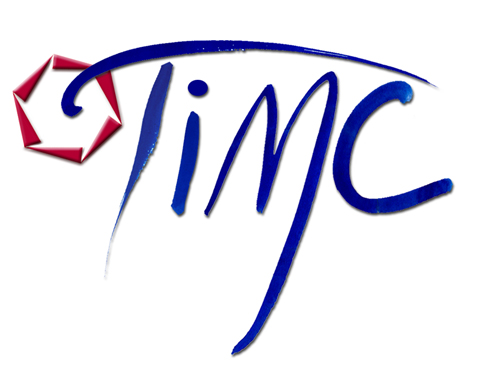Synchrotron microbeam radiation therapy for rat brain tumor palliation-influence of the microbeam width at constant valley dose.
Résumé
To analyze the effects of the microbeam width (25, 50 and 75 microm) on the survival of 9L gliosarcoma tumor-bearing rats and on toxicity in normal tissues in normal rats after microbeam radiation therapy (MRT), 9L gliosarcomas implanted in rat brains, as well as in normal rat brains, were irradiated in the MRT mode. Three configurations (MRT25, MRT50, MRT75), each using two orthogonally intersecting arrays of either 25, 50 or 75 microm wide microbeams, all spaced 211 microm on center, were tested. For each configuration, peak entrance doses of 860, 480 and 320 Gy, respectively, were calculated to produce an identical valley dose of 18 Gy per individual array at the center of the tumor. Two, 7 and 14 days after radiation treatment, 42 rats were killed to evaluate histopathologically the extent of tumor necrosis, and the presence of proliferating tumors cells and tumor vessels. The median survival times of the normal rats were 4.5, 68 and 48 days for MRT25, 50 and 75, respectively. The combination of the highest entrance doses (860 Gy per array) with 25 microm wide beams (MRT25) resulted in a cumulative valley dose of 36 Gy and was excessively toxic, as it led to early death of all normal rats and of approximately 50% of tumor-bearing rats. The short survival times, particularly of rats in the MRT25 group, restricted adequate observance of the therapeutic effect of the method on tumor-bearing rats. However, microbeams of 50 microm width led to the best median survival time after 9L gliosarcoma MRT treatment and appeared as the better compromise between tumor control and normal brain toxicity compared with 75 microm or 25 microm widths when used with a 211 microm on-center distance. Despite very high radiation doses, the tumors were not sterilized; viable proliferating tumor cells remained present at the tumor margin. This study shows that microbeam width and peak entrance doses strongly influence tumor responses and normal brain toxicity, even if valley doses are kept constant in all groups. The use of 50 microm wide microbeams combined with moderate peak doses resulted in a higher therapeutic ratio.

